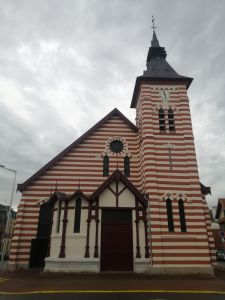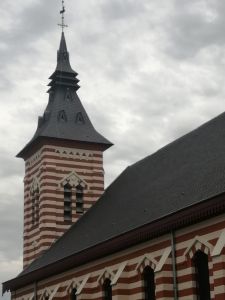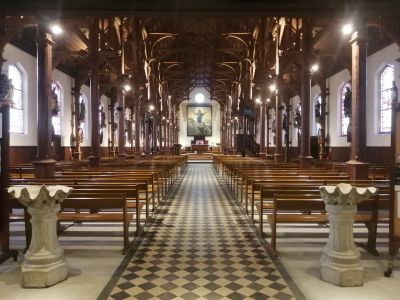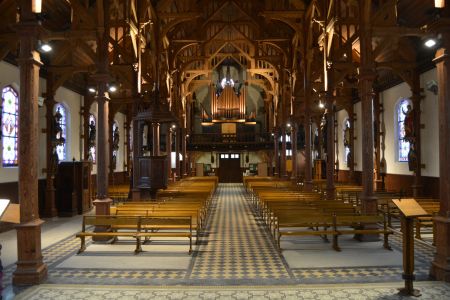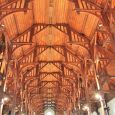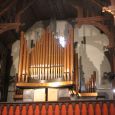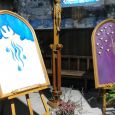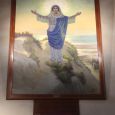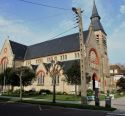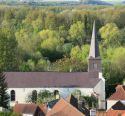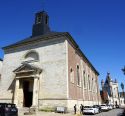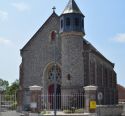Church | XIX | Contemporary | Catholic Church




Map
Opening hours
01 January - 31 December
Mon 9.00 - 17.00
Tue 9.00 - 17.00
Wed 9.00 - 17.00
Thu 9.00 - 17.00
Fri 9.00 - 17.00
Sat 9.00 - 17.00
Sun 9.00 - 17.00
Religious offices
Sunday 11am
Description
The sea-side resort of Berck, and the hospital development, caused the need for a chapel near the beach. Built by Clovis Normand, architect of many churches during the 19th century, Our Lady of the Sands was opened in 1886. Later it became a parish church, and after the First World War, it was lengthened behind the sanctuary with five extra spans.
The building, which has three aisles, has an architectural element that is unique in North France : its beams of refer to the first wooden chalets of the resort ; and the exterior, now plastered and painted was originally in stripes of red and white brick, referring to the traditional early striped swimming costumes.
Place of worship privileged by the sick and the holiday-makers, they were welcomed by an immense painting showing, on a dune, the Virgin framed by the setting sun. Other paintings (“Saint Peter” and “The vision of saint Dominic”), painted walls, and the figure of Christ from an old marine cross, are also worth the visit.
Photos
Remarkable elements
The framework
Construite au moment de l'agrandissement de l'église, elle est en bois pitchpin sculpté, ce qui en fait un élément architectural unique dans le Nord de la France. On ne trouve ce bois que dans le sud-ouest du pays.Organ
Commandé en 1933 à la maison Gonzalez de Paris, il faut installé en 1935 et inauguré en 1936. En 1935, il est exposé à Bruxelles lors de l'exposition universelle où il reçoit un accueil apprécié. Il est restauré en 2008.The mural frescoes
Cette série d'oeuvre a été réalisée par les artistes René et Luc-Olivier Lesieur (père et fils) à la demande de l'abbé Asset. René Lesieur fut Grand Prix de l'école de Roubaix. Ces fresques représentant à gauche des moments de la vie de Marie et à droite les sept sacrements (baptême, confirmation, eucharistie, mariage,…).
The life of the parish
Chacun de ces tableaux représente un moment de la vie : le commencement par le baptême et le grand passage vers l'éternité.
The Calvary of the Navy
En 1841, un violent orage cause le décès d'une cinquantaine de marins de la paroisse de Cayeux; ceux de Berck, épargnés, décident d'ériger un calvaire sur le chemin qui menait à la Baie d'Autre. En 1885, après avoir été déplacé rue du docteur Calvé, il est démonté car en très mauvais état et offert au peintre Tattegrain. À sa mort en 1918, ses héritiers le rendent à la paroisse qui décide de le restaurer.
Notre-Dame des Sables
Réalisé par Henri Junker (1882-1953) pour remercier la providence d’avoir guéri son fils soigné par le docteur Fouchet à l’hôpital Rotschild. Il fut exécuté sur place à l’aide d’un échafaudage.
De part et d’autre de ce tableau se trouvent deux toiles représentants « La primauté de saint Pierre » et « La vision de saint Dominique », réalisées par René et Luc-Olivier Lesieur.



